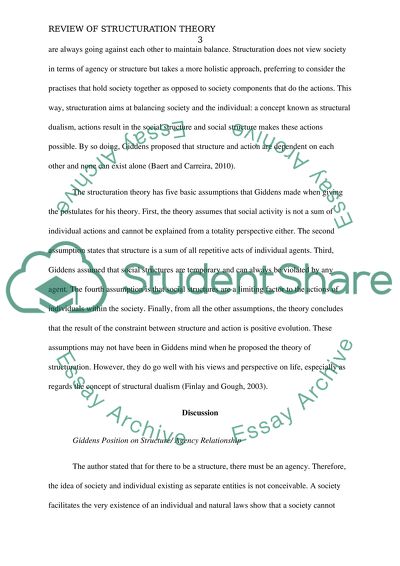Cite this document
(“Critical Review On The Agency-Structure Relationship (Giddens) Essay”, n.d.)
Retrieved de https://studentshare.org/sociology/1438501-critical-review-on-the-agency-structure
Retrieved de https://studentshare.org/sociology/1438501-critical-review-on-the-agency-structure
(Critical Review On The Agency-Structure Relationship (Giddens) Essay)
https://studentshare.org/sociology/1438501-critical-review-on-the-agency-structure.
https://studentshare.org/sociology/1438501-critical-review-on-the-agency-structure.
“Critical Review On The Agency-Structure Relationship (Giddens) Essay”, n.d. https://studentshare.org/sociology/1438501-critical-review-on-the-agency-structure.


